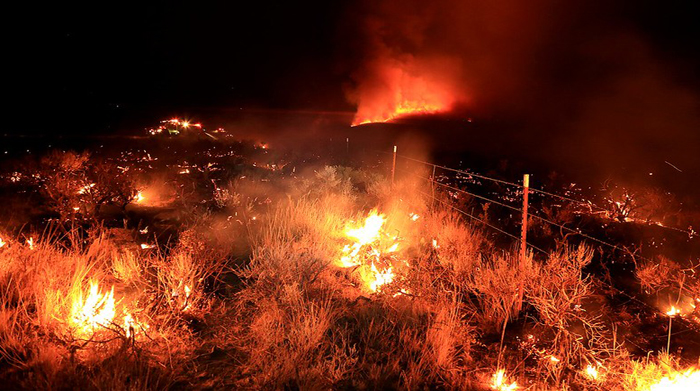California Utilities Rolling Out Wildfire Prevention Tactics

Image courtesy of BLMIdaho under Attribution 2.0 Generic License, resized to 700 x 391 pixels.
Wildfire prevention tactics are of utmost importance for the electric utilities located in the western part of the U.S. As such, the electric utilities located in California have recently submitted wildfire mitigation plans designed to do just that. Let’s take a closer look at what they entail.
Snapshot of the Proposed Wildfire Prevention Tactics in California
Pacific Gas & Electric (PG&E) plans to invest approximately $18 billion over the next 2-3 years (through 2025), and Southern California Edison (SCE) has earmarked almost $6 billion. Here are some of the key elements of their plans:
- Installation of covered conductors (SCE plans to set up about 2,850 miles of covered conductors through 2025).
- Installing stronger, more heat-resistant poles.
- Pruning vegetation that butts up against infrastructure.
- Implementation of “downed conductor detection” measures which allow for better detection of system faults.
- Undergrounding power lines (PG&E plans to move 2,100 miles of distribution lines in high-risk areas underground by 2026).
- Developing specific rules and criteria for rolling blackouts (i.e., public safety power shutoffs), including strategies to keep these to a minimum.
- Increasing grid inspection frequency and effectiveness (SCE plans to use drones and helicopters to inspect 250,000 structures on its grid annually).
These tactics are designed to build upon the utilities’ improved wildfire prevention performance over the last few years – for example, SCE claims that it has reduced the probability of its equipment causing wildfires by up to 80% since 2018.
Overall, anything that can be done to protect the grid from external forces is highly valuable from an emergency preparedness perspective. Whether it’s cybersecurity techniques, substation security measures, wildfire prevention tactics, or anything in between, the best way to be prepared is to prevent issues before they strike. And that’s why these and similar wildfire prevention tactics are so incredibly important.



